Bamboo Hostel And Baoxi Trio: Sustainable Architectural Brilliance By Anna Heringer
- 22 Dec 2023
- By Paras Gandhi
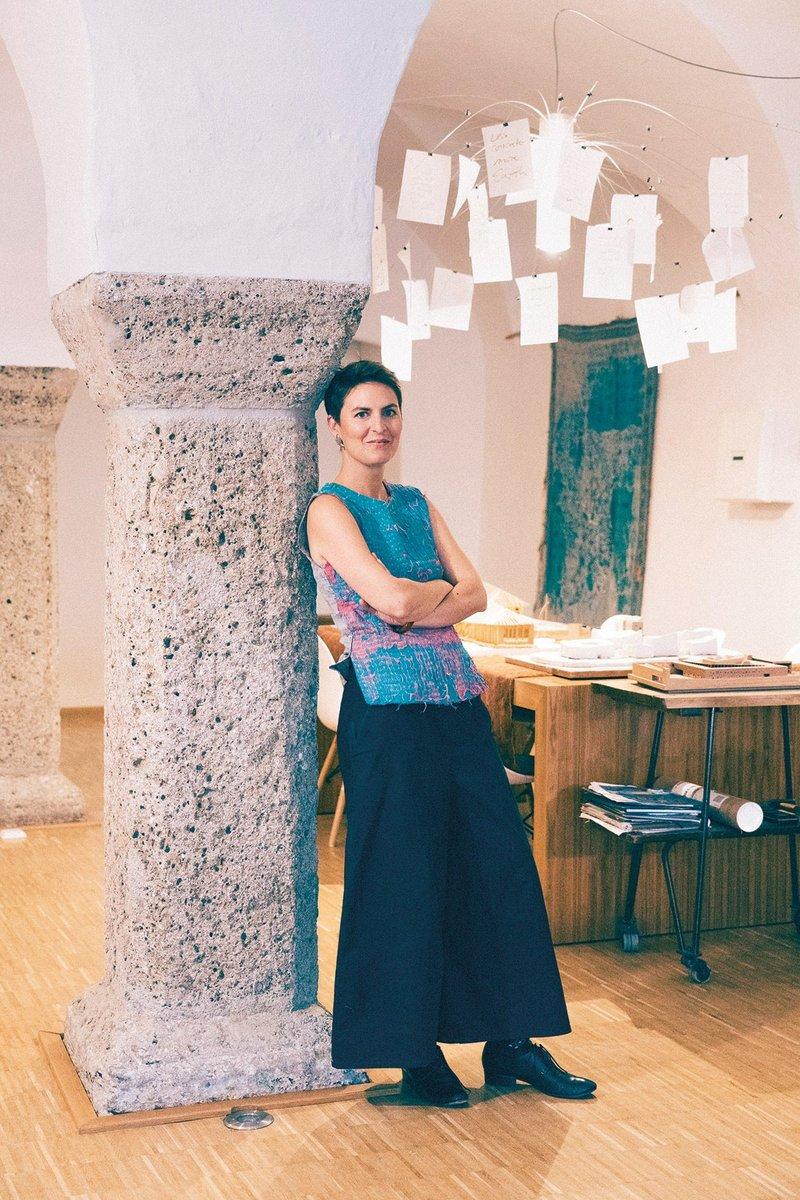
Architect Anna Heringer is celebrated for her pioneering work in sustainable and socially responsible design. A recipient of the prestigious Aga Khan Award for Architecture, Heringer seamlessly integrates traditional building techniques with innovative approaches, emphasizing community engagement and environmentally conscious practices. Her projects, marked by beauty and functionality, showcase a commitment to fostering positive change in the global architectural landscape.
Here are Three Most Notable and Admirable Architectural Projects of Anna Heringer
1.Bamboo Hostel, China:
The Bamboo Hostel project in China comprises three distinct structures—the dragon, the nightingale, and the peacock—representing a radical yet simple and humane approach to architecture. Initiated with the goal of elevating local craftsmanship and channelling profits back into the community, the project challenges the conventional use of materials. Architect Anna Heringer aims to demonstrate that safe, beautiful, and humane architecture can be achieved sustainably, especially with natural materials like bamboo. By showcasing the structural prowess and aesthetic appeal of bamboo, Heringer seeks to foster diversity in both urban and rural landscapes, enrich China's architectural culture, and contribute to global ecosystem preservation. The project, conceived in March 2013, was completed in September 2016, embodying a testament to sustainable design principles. The dedicated team, led by Heringer, includes experts in earthen and bamboo structures, heating, and energy systems.
2.Anandaloy: Centre for People with disabilities + Dipdii Textiles studio:
The Anandaloy Building is a transformative fusion, housing a centre for people with disabilities and the Dipdii Textiles studio. Studio Anna Heringer's architectural philosophy prioritizes enhancing lives through local materials, energy sources, and global expertise. This project, primarily constructed from local mud and bamboo, invested significantly in regional artisans, becoming a catalyst for local development. Rooted in the learning from previous projects, Anandaloy, managed by Bangladeshi contractor Montu Ram Shaw, transcends traditional therapy centres by incorporating Dipdii Textiles. This extension empowers local female tailors, counters urban-rural migration, and symbolizes inclusion through its unique, curvaceous design. Completed in January 2020, Anandaloy embodies Studio Anna Heringer's commitment to sustainable, community-driven architecture.
3.METI school:
METI School, crafted by architects Anna Heringer and Eike Roswag, embodies a transformative approach to education in Rudrapur, Bangladesh. The Aga Khan Award-winning building reflects Heringer's commitment to locally sourced materials and sustainable practices. The school, designed for Dipshikha Bangladesh, fosters self-confidence and independence in children, contributing to a strengthened sense of identity. Joyful testimonials from students and workers underline its impact. Completed in 2006, the two-story structure made of earth and bamboo stands as a testament to the fusion of traditional wisdom and contemporary design, proving that a sense of local identity can flourish through innovative, accessible architecture.
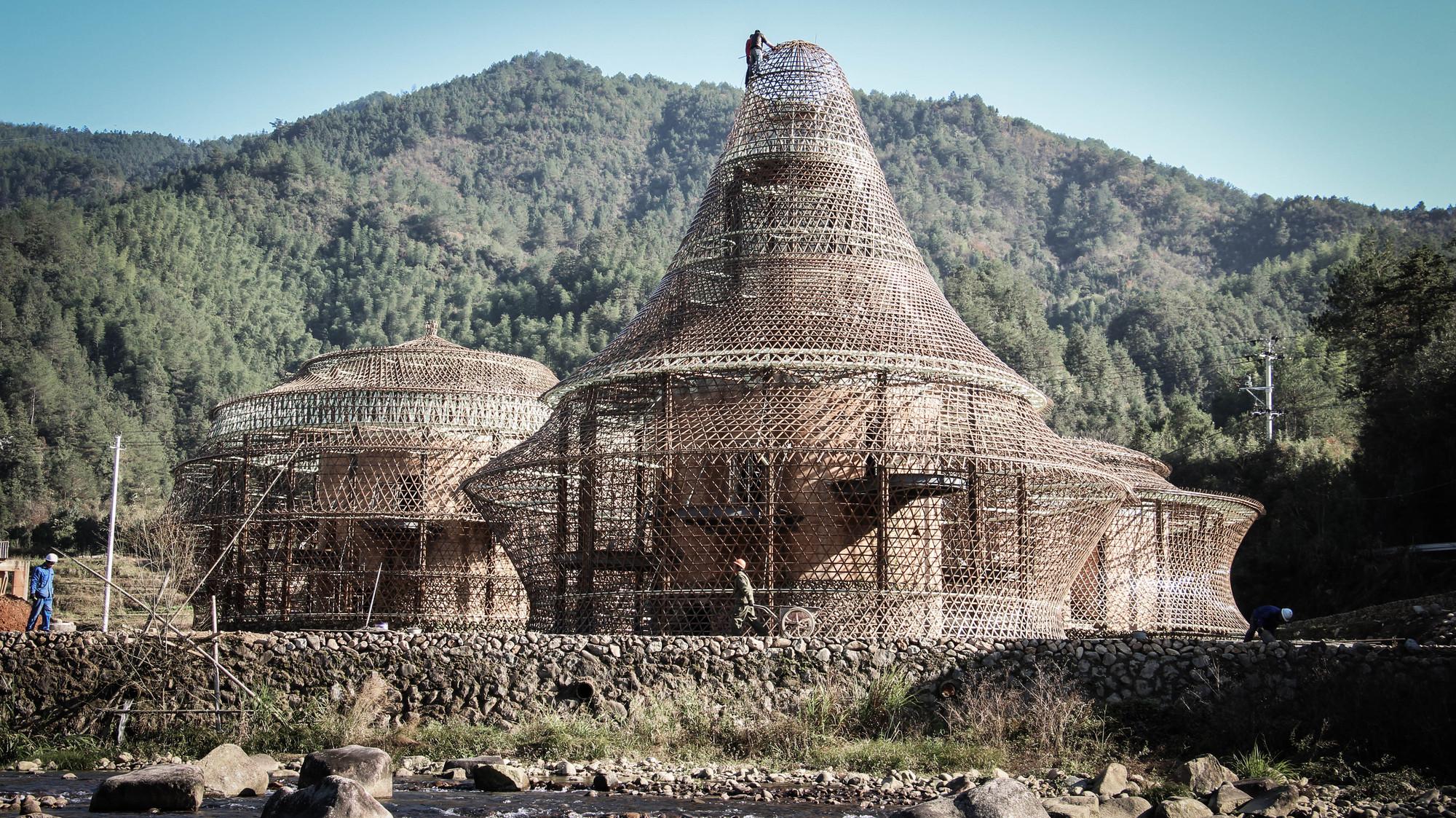
Three Hostels in Baoxi, China: A Bamboo Haven of Innovation and Community Empowerment
Introduction
Nestled in the heart of Baoxi, a picturesque village in China, three distinct hostels—named the dragon, the nightingale, and the peacock—embody a radical vision of simple, poetic, and humane architecture. This groundbreaking project, spearheaded by renowned architect Anna Heringer, not only pushes the boundaries of local craftsmanship but also champions the idea of leaving a substantial portion of the profit within the community. The primary goal is to showcase that safe, beautiful, and humane architecture can be achieved using natural building materials, particularly bamboo.
The Vision: Beyond Steel and Concrete
In a world with limited resources, constructing safe and sustainable housing for seven billion people necessitates a departure from traditional materials like steel and concrete. Heringer's vision emphasizes the vitality of natural building materials for fostering sustainable and equitable development. Bamboo and mud, often underrated, take centre stage in this project. The Bamboo Biennale serves as a crucial pilot, demonstrating not only the exceptional structural quality of these materials but also their inherent beauty and uniqueness. The overarching objective is to integrate non-standardized, natural, and local building materials into contemporary architecture, fostering diversity in urban and rural landscapes while enriching China's architectural culture and contributing to global ecosystem preservation.
Design and Execution
Led by Anna Heringer, the design and concept for the Three Hostels project evolved through meticulous planning and creative innovation. The collaborative efforts of the Studio Anna Heringer team—comprising Stefano Mori, Karolina Switzer, Wayne Switzer, Yu Xi, and Timur Ersen—contributed to the realization of this architectural marvel. Martin Rauch, a consultant in earthen structures, played a pivotal role in shaping the overall concept, while Emmanuel Heringer provided expertise as a bamboo structures consultant. The project also benefited from the insights of Harald Mueller and Franz Petermann in heating systems, and Prof. Klaus Daniels in energy systems.
The design process, initiated in March 2013, culminated in the completion of the Three Hostels in September 2016. This timeline underscores the dedication and precision invested in bringing Heringer's vision to life.
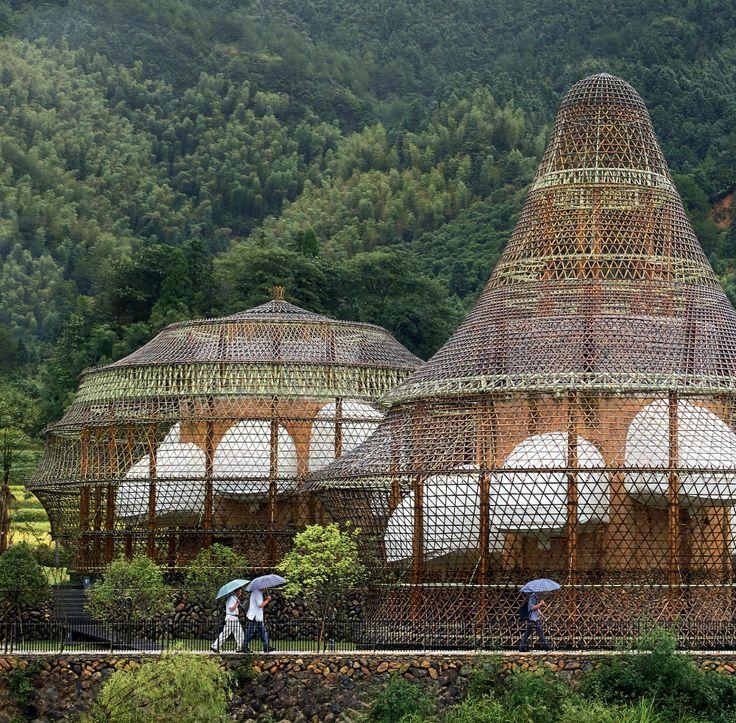
Sustainable Features: A Harmony of Tradition and Modernity
1. Bamboo as a Building Material
Bamboo, a fast-growing and renewable resource, takes centre stage in the construction of the Three Hostels. Not only does it align with the project's commitment to sustainability, but it also showcases the versatility and strength of this natural material. The bamboo structures, intricately woven and shaped, stand as a testament to the potential of non-conventional building materials in contemporary architecture.
2. Community Empowerment
Beyond the architectural innovation, the project places a strong emphasis on community empowerment. By elevating the skills of local craftsmen to new heights, the Three Hostels become a catalyst for socio-economic development within Baoxi. The commitment to leaving a significant portion of the profit within the community ensures a sustainable impact, fostering a sense of ownership and pride among the local residents.
3. Cultural Enrichment
The project's reliance on non-standardized, local materials is a deliberate choice to enrich China's contemporary architectural landscape. The Three Hostels challenge the conventional norms, introducing a unique blend of tradition and modernity. The infusion of bamboo and other natural materials contributes to the preservation of cultural heritage while promoting a more diversified architectural identity.
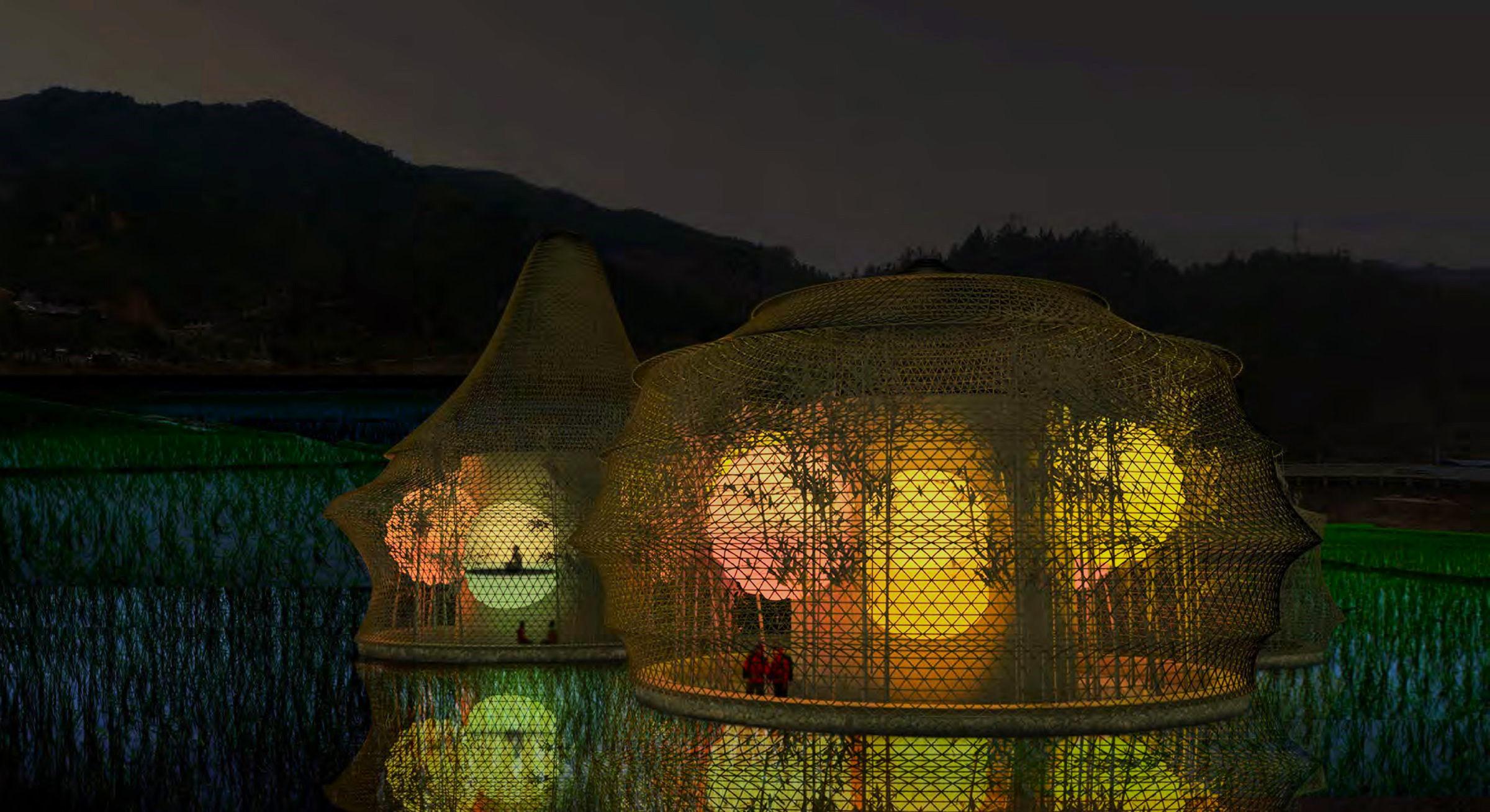
Community Testimonials
The impact of the Three Hostels extends beyond architectural excellence, as evidenced by testimonials from the local community. Workers like Suresh, a loam worker from Rudrapur, Bangladesh, emphasized the importance of collaborative learning during the construction process. The integration of local knowledge and expertise, coupled with international collaboration, became a testament to the project's commitment to knowledge transfer and community engagement.
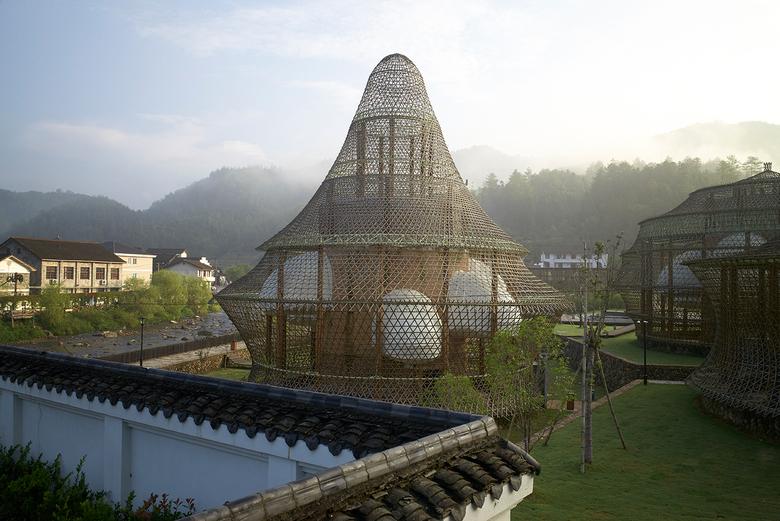
Conclusion
In the heart of Baoxi, the Three Hostels stand as a beacon of innovation, sustainability, and community empowerment. Anna Heringer's visionary approach, coupled with the collaborative efforts of her team and consultants, has not only pushed the boundaries of architectural design but has also set a precedent for sustainable building practices globally. The fusion of traditional materials with contemporary concepts creates a harmonious blend that not only enriches the local culture but also contributes to the preservation of our planet's ecosystem. The Three Hostels in Baoxi serve as a testament to the transformative power of architecture when rooted in sustainability, community engagement, and a deep understanding of local contexts.
Recently Published
loves or pursues or

.jpg)

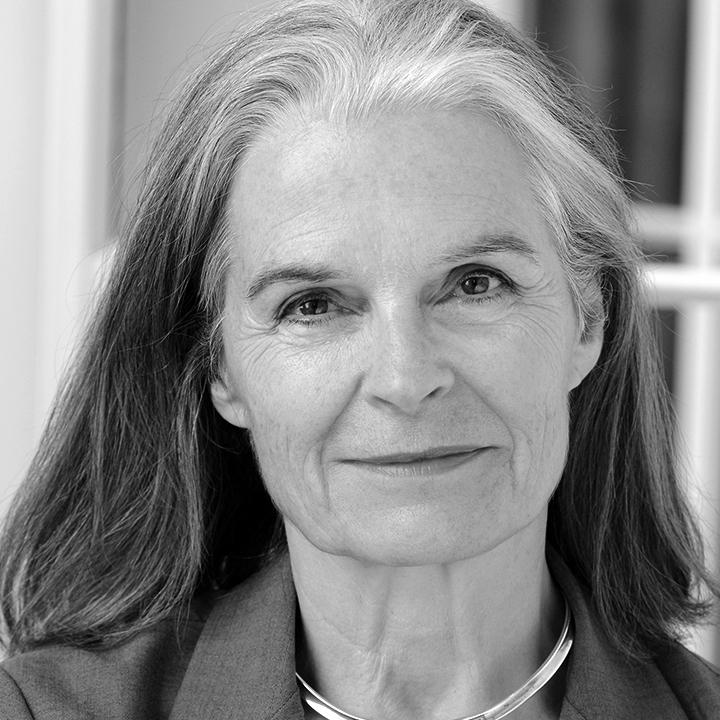
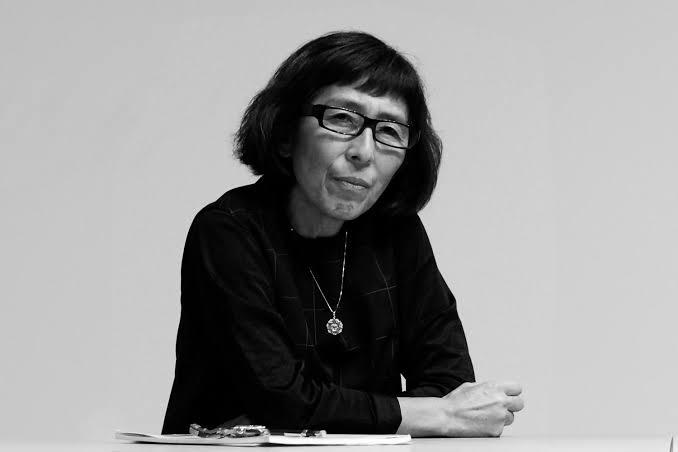
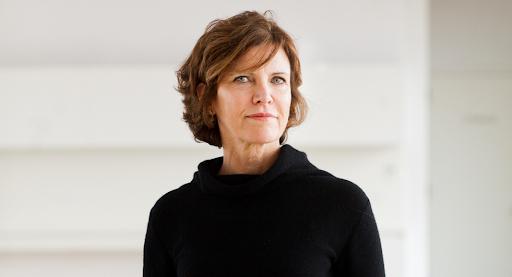
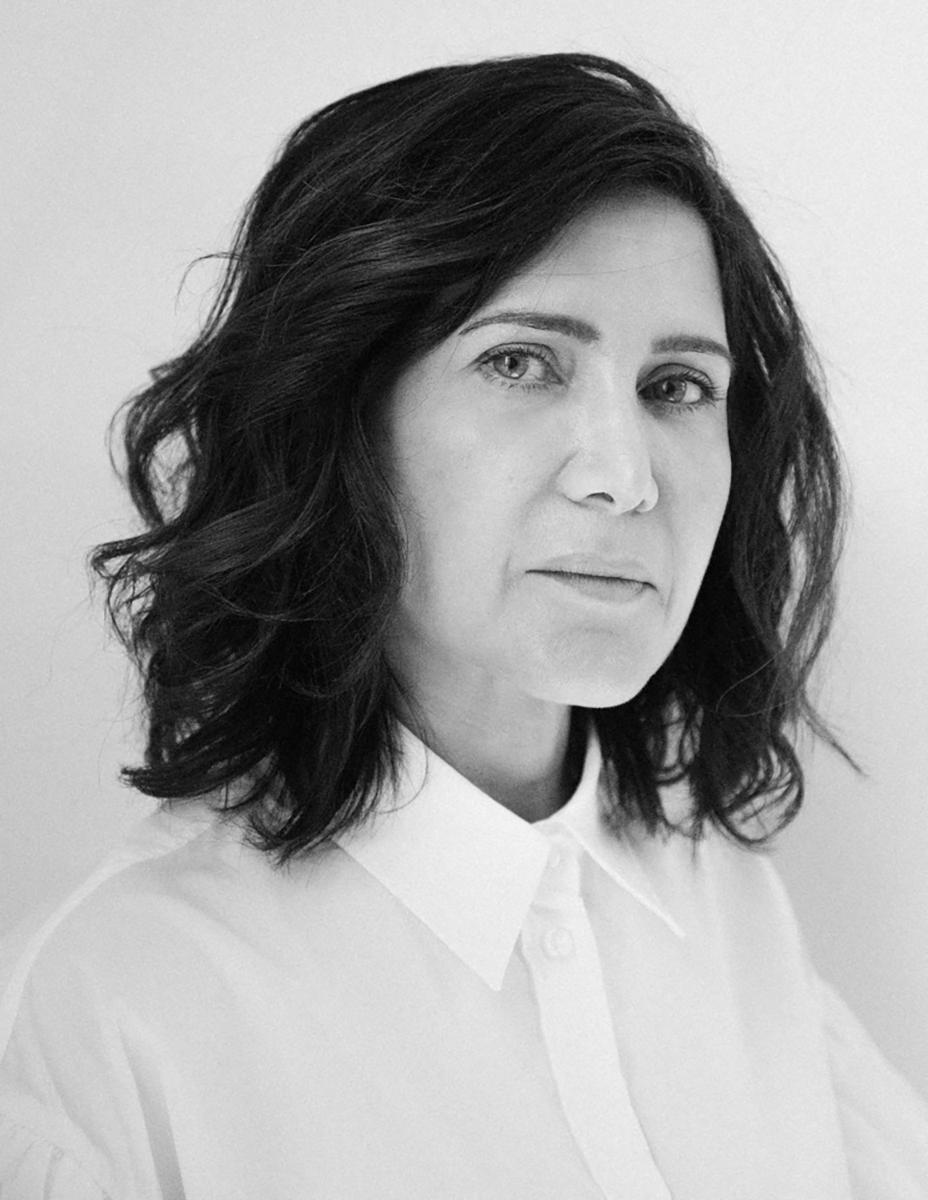
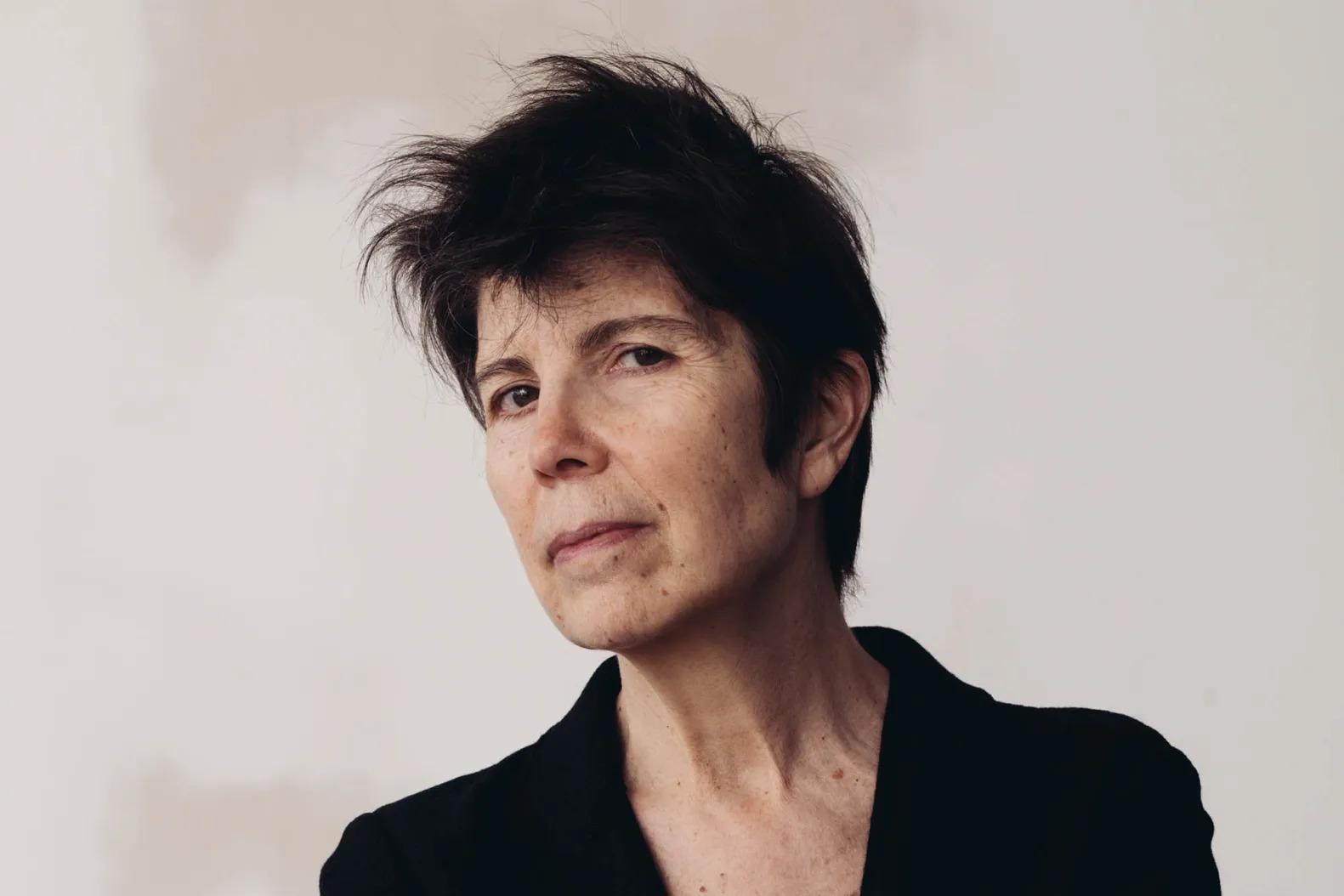
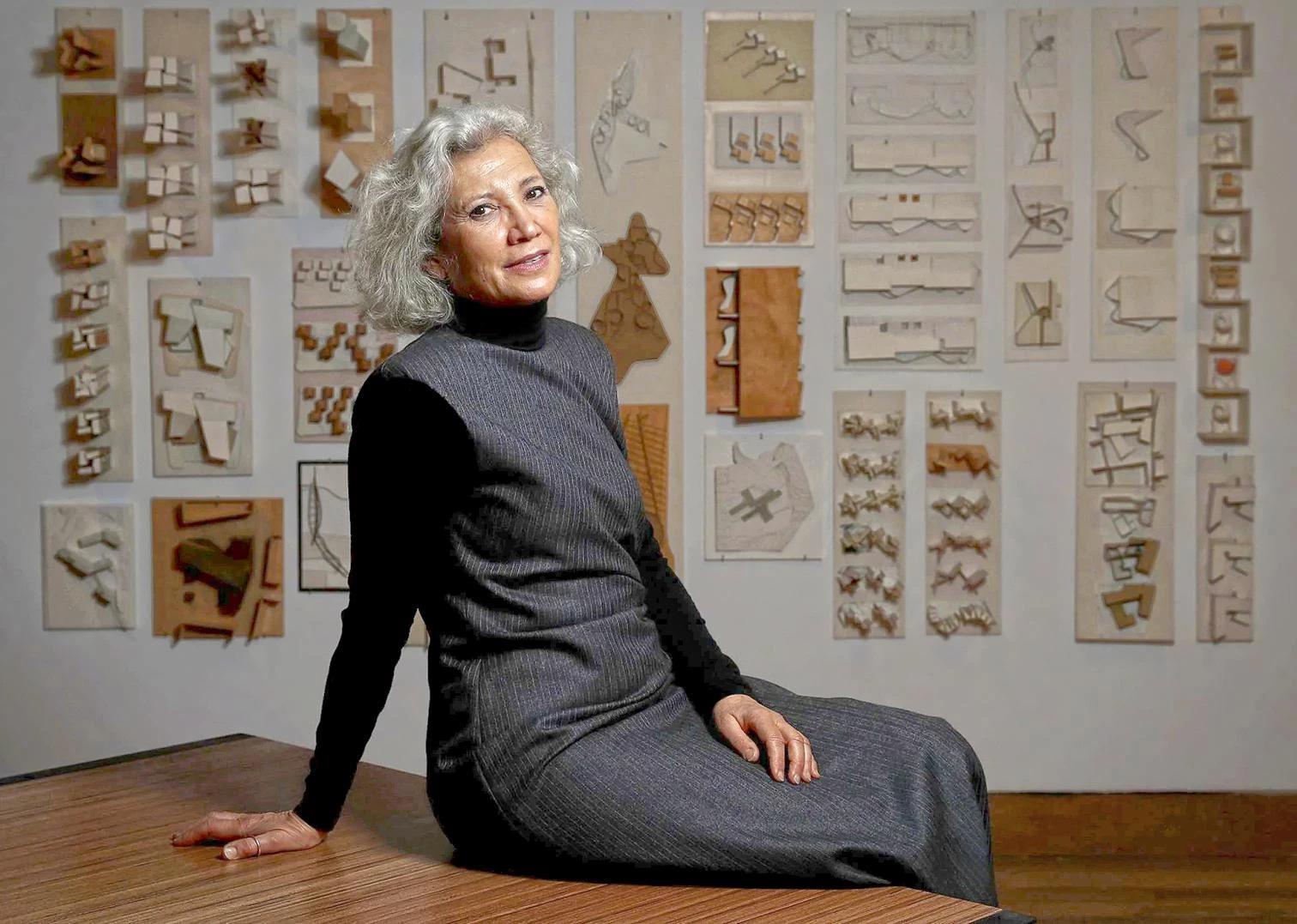
.jpg)